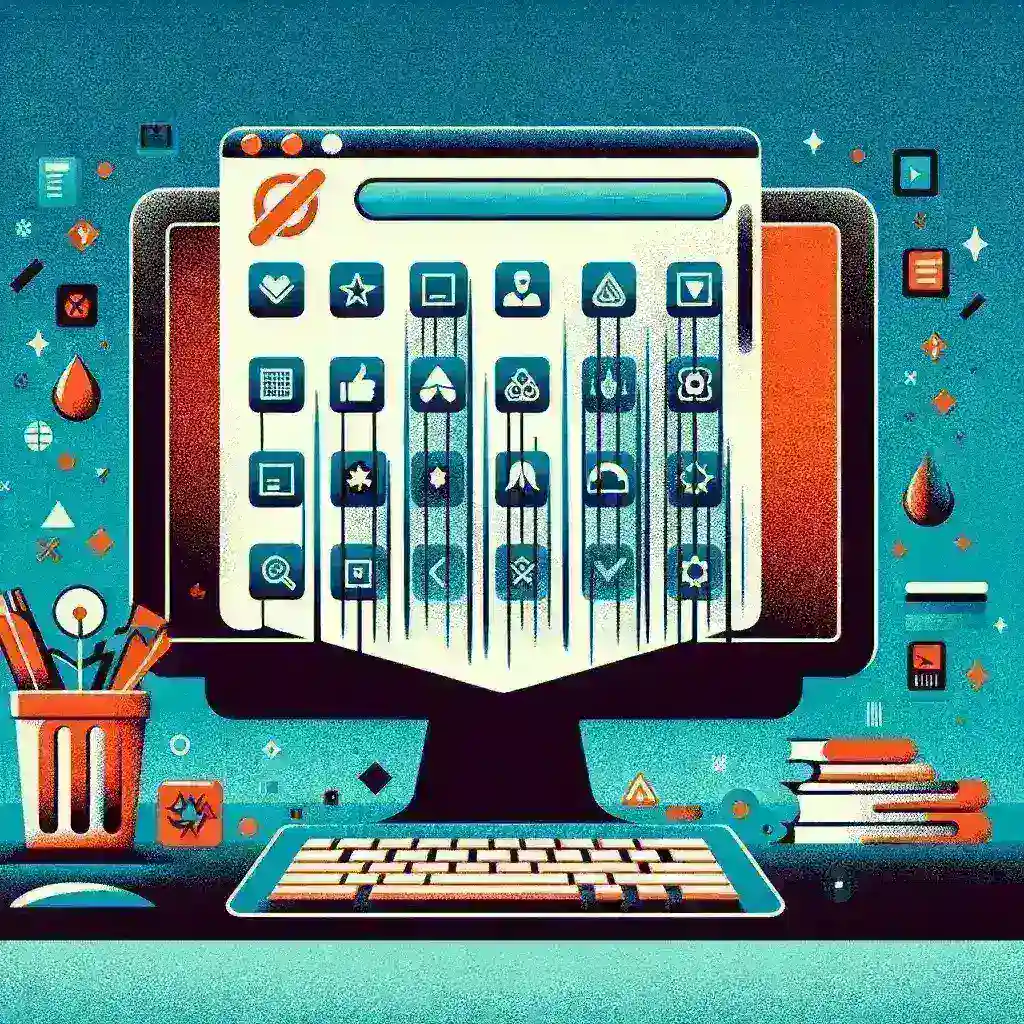Introduction
In today’s digital landscape, our devices often become cluttered with unused programs and applications. These obsolete software installations can take up valuable storage space, slow down performance, and even pose security risks. In this article, we will explore the steps to safely uninstall unused programs, ensuring your device runs smoothly and efficiently.
Why Uninstalling Unused Programs is Important
Before diving into the how-to, let’s discuss the reasons why you should remove unused programs:
- Free Up Space: Unused applications can occupy substantial disk space, which could otherwise be utilized for important files or new applications.
- Improve Performance: A cluttered device often leads to sluggish performance. Uninstalling unnecessary programs can help speed things up.
- Enhance Security: Outdated or unused software can be vulnerable to cyber threats. Keeping your software updated and relevant reduces these risks.
- Organize Your Device: A tidy device is easier to navigate and manage, making it more user-friendly.
How to Identify Unused Programs
Start by identifying which programs you no longer use. Here’s how:
1. Review Installed Programs
On Windows, navigate to Control Panel > Programs > Programs and Features. For Mac users, open the Applications folder. Review the list and note programs you rarely or never use.
2. Check for System Resource Usage
Utilize task managers like Task Manager on Windows or Activity Monitor on Mac to see which programs consume the most resources. High resource usage may indicate unnecessary programs running in the background.
3. Use Disk Cleanup Tools
Consider using built-in disk cleanup tools like Disk Cleanup on Windows or Optimize Storage on Mac to help identify and remove unused applications.
Steps to Safely Uninstall Unused Programs
Once you’ve identified the programs you wish to uninstall, follow these steps:
For Windows Users:
- Open Control Panel: Search for ‘Control Panel’ in the Start Menu.
- Access Programs: Click on Programs, then Programs and Features.
- Select the Program: Scroll through the list and click on the program you wish to uninstall.
- Uninstall: Click the Uninstall button at the top of the list. Follow the prompts to complete the uninstallation.
For Mac Users:
- Open Finder: Click on the Finder icon in the Dock.
- Navigate to Applications: In the left sidebar, select Applications.
- Drag to Trash: Find the application you want to uninstall, drag it to the Trash, and empty the Trash to complete the process.
Additional Uninstallation Methods
Sometimes programs leave behind files even after the uninstallation process. Here are additional methods to ensure thorough removal:
Using Third-Party Uninstallers
Consider third-party uninstallers which can remove residual files. These applications often provide a deeper cleaning capability, ensuring no leftover files or folders remain.
Manually Removing Residual Files
If you prefer a manual approach, navigate to the installation directory of the uninstalled program and check for any leftover folders. Delete these to free up additional space.
Best Practices for Uninstalling Programs
To ensure a hassle-free uninstallation process, keep these best practices in mind:
- Backup Important Data: Before uninstalling any software, back up your important data to prevent accidental loss.
- Read Reviews: For third-party uninstallers, check reviews and ensure they are reliable to avoid malware.
- Follow Manufacturer Instructions: Some software may require specific uninstallation processes outlined by the manufacturer. Always refer to their guides if available.
Conclusion
Safely uninstalling unused programs is essential for maintaining your device’s performance and security. By following the steps outlined in this guide, you can efficiently remove unwanted software and keep your system running smoothly. Regular maintenance, including uninstalling programs you no longer use, will ensure that your device remains organized and efficient, providing the best user experience.
Final Thoughts
In an ever-evolving digital world, staying organized and proactive in managing your applications is crucial. So take a moment to assess your installed programs and take action today!

